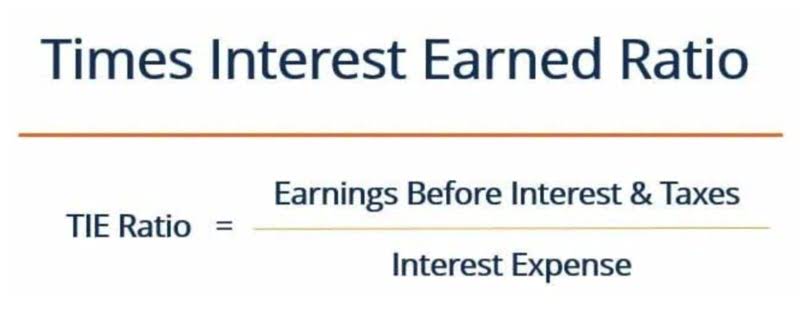
Consider cards with features like automatic spend policy enforcement, secure data storage, and audit trails. These will help protect your business from unauthorized spending and ensure internal and external compliance. Each transaction is recorded automatically, and spending limits or vendor restrictions can be set by the company. The main difference between a corporate card and a P-card is how much control you have over spend. P-cards let you pre-set limits by vendor, category, or amount—reducing risk and eliminating the need for manual oversight.
- With corporate cards providing instant access to transaction data, finance teams and executives can monitor company-wide spending as it happens rather than discovering issues weeks after they develop.
- Additional attention is applied to requests that fall outside of authorized categories or exceed limitations.
- This feature allows businesses to quickly disable cards if they are lost, stolen, or suspected of being compromised, minimizing the risk of unauthorized transactions.
- This eliminates the need for employees to manually log expenses, reducing the time spent on report creation.
- It also eliminates discrepancies that stem from manual entry errors, and creates a clean audit trail with consistent data formatting.
- Getting in touch with suppliers or card issuers to resolve problems like inaccurate charges or undelivered items might take time, depending on the bank or card issuer’s timeline.
- This direct link also facilitates better control over spending, with the ability to track expenses, manage the payable process, and streamline expense reconciliation without the need for paper receipts.
A more rewarding card program.
- Business credit cards allow you to improve cash flow by postponing payments, but if you don’t manage your outstanding balances, they might limit your liquidity.
- Ensure the purchase adheres to any particular merchant limits and stays within the authorized amount.
- This makes single-use cards ideal for high-risk payments, first-time vendor transactions, emergency purchases, or dealings with unfamiliar merchants.
- Spending caps can be adjusted based on role, department, or specific needs, offering greater control over business expenses and reducing the risk of overspending or unauthorized transactions.
- A purchasing card, often referred to as a P-card or procurement card, is a corporate payment solution issued by financial institutions to organizations for business-related expenses.
From office supplies to software subscriptions, these examples show how P-cards bring control, speed, and simplicity to everyday business expenses. To understand how corporate cards take this even further across your entire organization, read our blog on Why are corporate cards essential for Australian businesses. To simplify and gain control over your business expenses, and to provide your company with an effective substitute for traditional procurement techniques. You can use them to automate recurring payments, manage team spend, and reduce manual paperwork. By managing spending restrictions, businesses can gain greater control over their finances, making it easier to track and optimize expenses based on team needs. This also helps mitigate the risk of unauthorized spending and enforces responsible financial practices across the organization.
Can small businesses qualify for corporate purchasing cards?

Identifying the differences in data accuracy and employee discipline, which can cause delays in reconciliation and compliance problems. You reduce monetary risks, guarantee secure transactions, and uphold confidence in your payment procedures. In addition to protecting your money, the built-in safeguards also contribute to the development of trust with both suppliers and staff. To restrict the areas where P-cards can be used, you set geographic limitations. To stop illegal foreign transactions, set up P-cards to only function in particular areas, such as your state or country.
Create individual cards for each employee
For example, you can restrict cards to specific vendors or purchase categories, which helps enforce compliance with your spend policies and all but eliminates unauthorized transactions. Real-time purchase tracking and detailed records give you better visibility and control over every purchase as well. Purchase cards (p-cards), on the other hand, are designed to streamline the what is a corporate purchasing card purchasing process for goods and services needed in daily operations.

Multi level approval

Digital storage should be searchable and maintain documents for at least seven years to support audit requirements. Required to provide personalized advertising based on visited pages and analyze ad campaign efficiency. Discover Instarem Business for Singapore companies, and compare features and fees with Wise Business to find the best https://www.bookstime.com/articles/small-business-tax-deductions fit for your needs.
Executing the purchase
The key differences between corporate cards and business cards revolve around company size, https://zurweb.net/altocontrol/2021/08/02/how-to-teach-and-attend-hobby-classes-in-the-sims/ eligibility requirements, liability, and the scope of features offered. You want one that offers the types of cards you need, like debit cards, credit cards, or business charge cards. The provider should fit well with your business’s financial setup and accounting software, making everything work together smoothly.

Transaction Alerts and Spending Controls
Programs with slow customer support can leave you waiting days or weeks to resolve fraudulent transactions, lost cards, or billing errors. These delays can tie up funds, create stress for employees, and damage relationships with suppliers or service providers. With customizable credit lines, flexible terms, and greater rebates, Corpay has the hardest-working corporate cards in the business. Some card issuers also consistently monitor card use for suspicious transactions. “First Citizens has technology to track purchases on the back end. Any unusual spending patterns are flagged,” Chauffe notes. Customizable restrictions and automated alerts improve adherence and stop wasteful spending.















